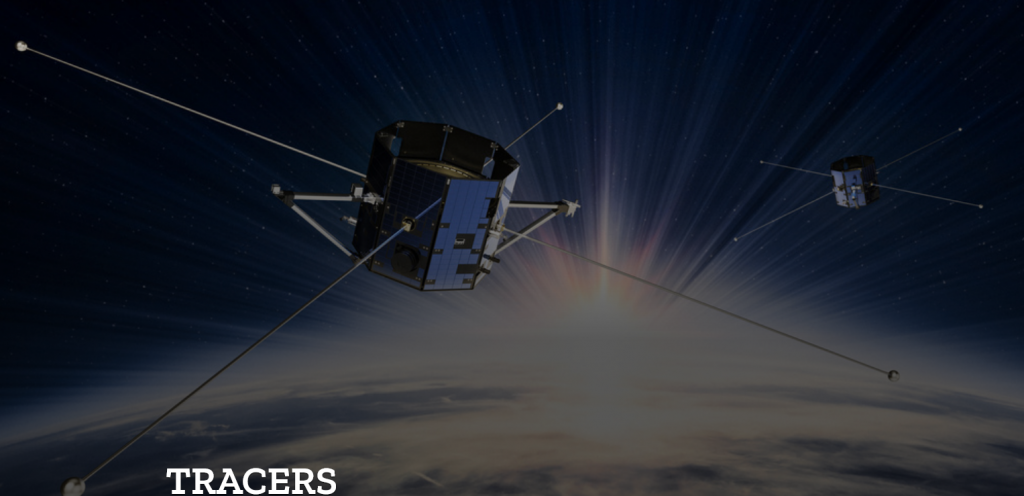(Radio Iowa) – The University of Iowa is the lead institution on a 166-million dollar robotic space mission due for launch next year. Twin spacecraft will study what’s known as space weather, which is responsible for beautiful phenomena like the Northern Lights, but also for technological turmoil, like when satellites stop working — cutting off our phone calls, T-V shows and navigation systems. Professor David Miles, in the U-I’s Department of Physics and Astronomy, is the mission’s principal investigator.
“Space weather, which is just what happens in space to our satellites, can create really intense radiation that damages our satellites,” Miles says. “It can cause the atmosphere of our Earth to kind of push up, and then satellites run into it, and the satellites start dropping in their orbit, or in really extreme cases, it can do things like drive electricity through the electrical grid on the ground and cause blackouts.” If you want to learn about the Earth’s weather from the ground, you’d study things like wind speeds, temperatures and rainfall amounts.
“When we’re doing this in space, we read things like the electric field, the magnetic field, and the electrons and the particles that are moving around in the plasma,” Miles says. “So, the University of Iowa built three instruments to measure those sorts of parameters, and we have other instruments coming from participating institutions like UCLA, UC Berkeley, and Southwest Research.” The mission is called TRACERS, or Tandem Re-connection and Cusp Electrodynamics Reconnaissance Satellites. Miles and a large contingent from Iowa City will be closely watching in person as the twin spacecraft are launched aboard a single rocket from Vandenberg Space Force Base in California next year.
“We actually stack them on top of each other, and then they get launched together, one a little bit ahead of the other,” Miles says, “and then over time, we basically play with how close together the satellites are, and that lets us figure out how quickly processes are turning on and turning off, and how things are moving around, but it lets us pick out what’s changing in space versus what’s changing in time.” The mission’s primary goal is to learn about the magnetic re-connection effect when powerful winds from the sun crash into our planet’s magnetic fields. Miles says these interactions, which create the Aurora Borealis, also can disrupt technology we depend upon.

https://tracers.physics.uiowa.edu/
“We’re really trying to understand the process that takes energy from the sun and brings it into near-Earth space,” Miles says. “How quickly does that process turn on and off? How much energy does it transfer in? Because that’s the free energy source for a lot of these space weather effects that we’re talking about, so if you want to understand space weather, you’ve got to understand what’s feeding it.” The U-I is the lead institution on the 166-million dollar mission, which is the largest external research award in university history.
“We’re basically the prime contractor to NASA, so we’re responsible for the whole mission, but a lot of that money flows through us to do things like procure the actual spacecraft, or bring instruments in from the participating institutions,” Miles says. “So all of the money comes to Iowa, but a lot of it flows through to the subcontractors.” A specific launch date isn’t yet set, though TRACERS is scheduled to go up in the second quarter of 2025.






